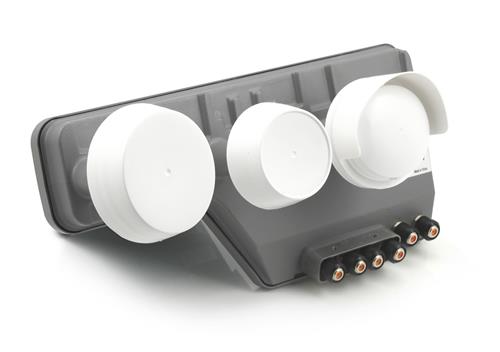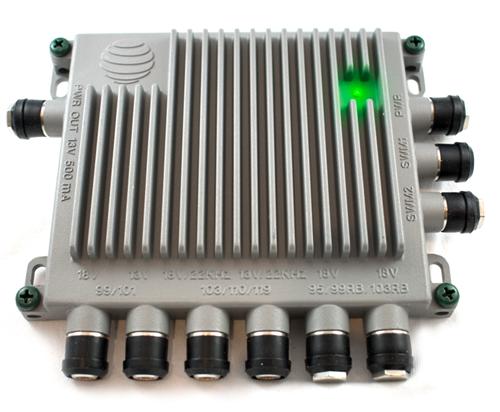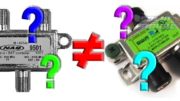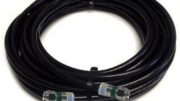Here’s one aimed squarely at those commercial customers out there. If you are setting up multiple receivers and want to control them, you’ll want to make sure they’re internet connected. The technology for doing this has changed over time and so the answers you need might not be the same as they were in years past.
The parts

As part of your new installation, you probably have a Legacy Reverse Band 5 dish on your roof with six lines going down from it. It’s the standard dish for commercial installations now. You may still have the Slimline-5 with only four lines coming down. That’s going to be ok for the short term but as more and more programming is concentrated in DIRECTV’s 3 primary locations you’ll need to switch over to the reverse band dish.

You’ll also find at least one SWM-30 multiswitch in the closet. The SWM-30 is the standard today and lets up to 26 receivers share programming. The SWM-30 looks very similar to the older DIRECTV multiswitches but is easy to distinguish with its bright green power light and AT&T logo.
The SWM-30 has two outputs labeled SWM1 and SWM2. Each one can handle up to 13 receivers.
Basic networking

The first thing you need to know here is that you don’t need Ethernet to every receiver. The same coax cable that handles TV programming can also carry Ethernet. The key is the use of the DECA, shown above. DECA stands for DIRECTV Ethernet Coaxial Adapter and that’s exactly what it does. Coax on one side, Ethernet on the other. Connect the coax side to your DIRECTV splitter and the Ethernet side to your network. Plug it into power and there isn’t much more than that.
The real question
So, do you need one DECA or two? With older multiswitches like SWM-8 and SWM-16 you only needed one. With SWM-32 you needed four. The correct answer here is that you need two DECAs, one for each output. Unlike SWM-8 or SWM-16 multiswitches there is no crossover circuit inside the SWM-30. This is a side effect of the multiswitching having so much capacity. A typical networking system from DIRECTV will only support 15 receivers and the SWM-30 supports 26 receivers. So, they need to be broken up into two banks in order to make sure everything is properly supported.
What can you do once you’re networked?
As a commercial customer, you’ll find that the DIRECTV for Business app is the real reason to network. With this app you can control multiple receivers as if you had an expensive matrix switch system. Getting started with the app is easy. Just follow the instructions in the linked article above. You will need to sign up for account access at DIRECTV.com however. As a commercial customer this can take extra steps but it is definitely worth it. Even if you don’t ever use the web site to order pay-per-view events or to manage your billing, it does give you access to the app and that’s worth it. The app is free of course and it’s a pretty awesome benefit.





